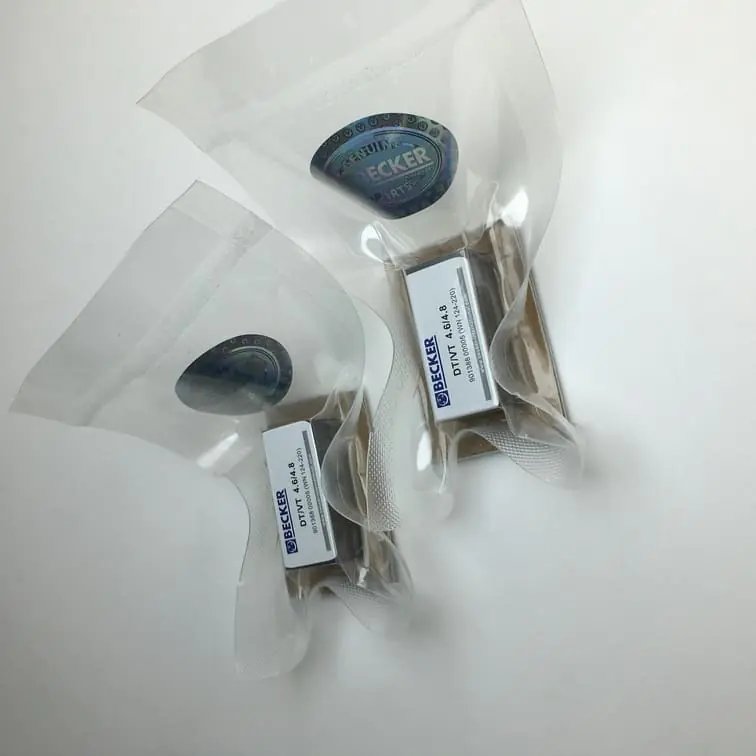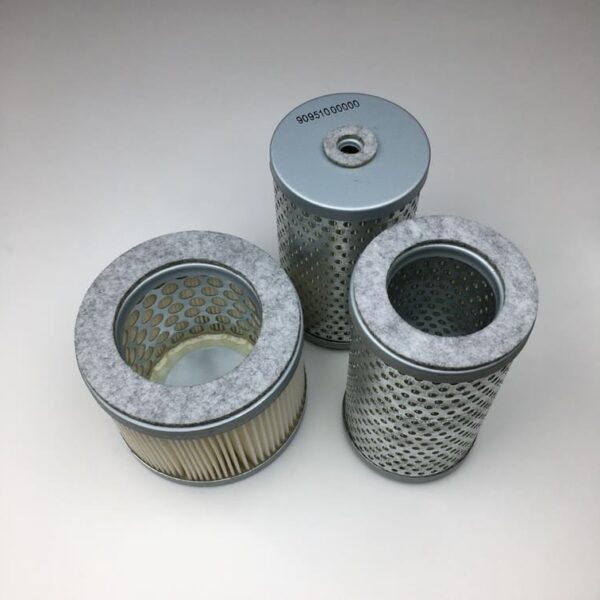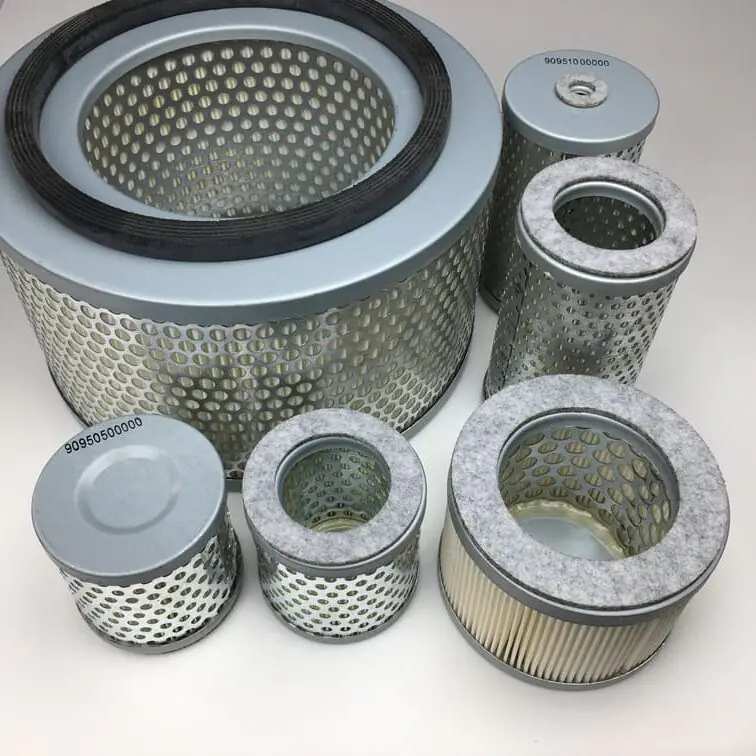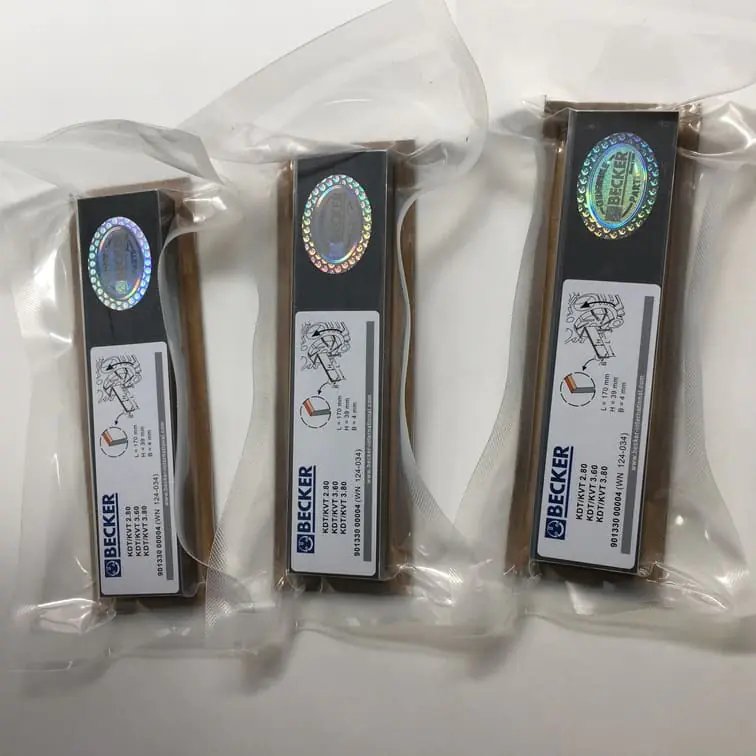How to Test a Vacuum Pump
A vacuum pump is an essential component in many systems, from air conditioning units to braking systems in automobiles. Proper testing ensures that your vacuum pump is functioning correctly and efficiently. This article will provide a comprehensive guide on how to test a vacuum pump, including testing methods, necessary equipment, and troubleshooting common issues.
Importance of Testing Your Vacuum Pump
Understanding the importance of regularly testing your vacuum pump can save you from costly repairs and system inefficiencies. A vacuum pump that functions properly ensures that there is an optimal gas flow and helps in maintaining the vacuum system without leaks.
Key Reasons for Testing a Vacuum Pump
- Maintaining Efficiency: Ensuring that the pump can maintain the desired vacuum level efficiently.
- Leak Detection: Identifying any leaks in the system which can lead to a significant gas flow into the vacuum space, reducing effectiveness.
- Performance Optimization: Evaluating the performance of the diaphragm pump or any other pump type and adjusting as necessary.
Quote: “Regular testing of your vacuum pump not only ensures peak performance but also extends the lifespan of your entire system.” – HVAC Specialist
Tools and Equipment for Testing a Vacuum Pump
Before testing your vacuum pump, make sure you have the right tools. Here is a list of essential tools that you need for testing:
- Vacuum Gauge: Measures the vacuum level.
- Micron Gauge: Measures deeper vacuums and detects moisture levels.
- Hoses and Fittings: Required for connecting the pump to the system.
- Function Test Manifold: Helps isolate and control the vacuum flow.
| Tool | Description |
|---|---|
| Vacuum Gauge | Measures the vacuum level within the pump. |
| Micron Gauge | Essential for deep vacuum readings and moisture checks. |
| Hoses/Fittings | Connects the pump to the test system. |
| Test Manifold | Helps regulate and monitor gas flow effectively. |
Step-by-Step Guide on How to Test a Vacuum Pump
Testing a vacuum pump can be divided into a series of steps. Each step helps in assessing the pump’s performance and identifying potential problems.
1. Preparation
Start by preparing the vacuum pump and the equipment:
- Turn Off the System: Ensure the system connected to the vacuum pump is turned off and depressurized.
- Secure Connections: Use hoses to connect the vacuum gauge to the inlet of the pump.
2. Vacuum Level Test
This test ensures that the pump reaches the desired vacuum level:
- Turn On the Pump: Start the vacuum pump and allow it to run for at least 10-15 minutes.
- Check the Vacuum Gauge: Look at the readings on the vacuum gauge. Ideally, the pump should reach the vacuum level specified by the manufacturer. For most pumps, it should be 500 microns or below.
Pro Tip: If your vacuum pump does not reach the expected levels, inspect for any leaks in the system connections.
3. Micron Gauge Test
The micron gauge is used to measure deep vacuums, ensuring all moisture and air are evacuated.
- Attach the Micron Gauge: Connect the micron gauge to the pump.
- Check Moisture Levels: A reading of 500 microns or less generally means that the system is dry and free of moisture. If readings fluctuate significantly, moisture might still be present.
Note: High fluctuations could also indicate leaks in the vacuum lines.
4. Leak Testing
Leaks can severely affect the vacuum efficiency, so it is critical to perform a leak test:
- Use Soapy Water: Spray soapy water on the connections to detect any visible bubbles.
- Conduct a Shutoff Test: Once the desired vacuum is reached, turn off the pump and monitor the vacuum gauge. A steady drop in vacuum pressure indicates a leak.
Table: Common Signs of Vacuum Leaks
| Problem | Description |
|---|---|
| Drop in Vacuum Level | Indicates that the system is losing its vacuum quickly. |
| Bubbling in Soapy Test | Visible bubbles in soapy water sprayed at connections. |
How to Troubleshoot Common Vacuum Pump Issues
Even after testing, you might notice issues with the vacuum pump. Let’s look at some common problems and ways to address them.
1. Pump Not Achieving Full Vacuum
If the vacuum pump isn’t reaching full vacuum, there could be several reasons:
- Blocked Air Intake: Check if the air intake is blocked, leading to restricted gas flow.
- Worn Diaphragm or Vanes: If you have a diaphragm pump or a vane-type pump, inspect these parts for wear. Replacing these components can significantly restore performance.
2. High Noise Levels
A noisy vacuum pump is usually a sign of internal damage or poor lubrication:
- Check Oil Levels: Ensure that the oil level is correct, and that the oil is not contaminated.
- Inspect Internal Parts: Remove the casing and inspect for loose or damaged components.
Warning: Always ensure the pump is disconnected from power before opening it for inspection.
Understanding Different Types of Vacuum Pumps and Testing Techniques
Different vacuum pumps require different approaches for testing. The two main types include:
1. Diaphragm Pumps
Diaphragm pumps are oil-free and generally easier to maintain:
- Function Test: Diaphragm pumps should undergo a function test by assessing the diaphragm for wear and ensuring it can maintain the vacuum level.
2. Rotary Vane Pumps
Rotary vane pumps are oil-sealed and often used for higher-capacity requirements:
- Oil Inspection: Testing should include checking oil levels, and a visual inspection of the vanes.
- Vacuum Pressure Test: Attach a micron gauge to verify if the desired deep vacuum is reached.
Table: Types of Vacuum Pumps and Testing Methods
| Pump Type | Testing Method |
|---|---|
| Diaphragm Pump | Diaphragm wear inspection, vacuum gauge test |
| Rotary Vane Pump | Oil inspection, deep vacuum pressure test |
Internal Links for Related Vacuum Components
To maintain or repair your vacuum pump, you might need to replace some parts. For quality components, explore the following options on vacuumpumppart.com:
Frequently Asked Questions
1. How often should I test my vacuum pump?
Testing should be performed at least every 6 months, or more frequently if you suspect a leak or notice reduced efficiency.
2. What should I do if my vacuum pump doesn’t reach full vacuum?
First, check for leaks in the system. Then inspect the diaphragm or vanes for wear, and ensure that there is no blockage in the inlet.
3. Can I test a diaphragm pump the same way as a rotary vane pump?
No, the testing processes differ slightly. Diaphragm pumps do not use oil, so they don’t require an oil level check. They should be tested by monitoring diaphragm condition and vacuum gauge readings.
4. How do I know if my vacuum pump has a leak?
Perform a shutoff test. After reaching the desired vacuum, switch off the pump and monitor the gauge. A steady drop usually indicates a leak.
5. Why is my vacuum pump noisy?
High noise levels may indicate low oil levels, worn components, or internal damage. Check the oil and inspect the internal parts to diagnose the problem.
Conclusion
Testing your vacuum pump is vital for ensuring optimal performance, efficiency, and the longevity of your system. By following the step-by-step methods outlined in this article—such as using a vacuum gauge, a micron gauge, and checking for leaks—you can maintain your pump’s effectiveness. Regular testing not only prevents costly repairs but also ensures that the pump continues to meet the demands of your system.
For high-quality vacuum pump parts and components, be sure to check out the resources available at vacuumpumppart.com. Keeping your vacuum pump in peak condition is essential for system performance and overall efficiency.






